
A mural depicting LGBT Latinos in San Francisco's Mission District was vandalized Tuesday, and now the Chicano artists who painted the mural are facing down ominous threats on social media.
The mural, which evokes classic cholo culture but features a gay male couple, a lesbian couple, a trans man, and the words "Por Vida" ("for life"), is located on 24th Street in the Mission District, an area recently designated the Calle 24 Latino Cultural District. The mural was found covered with spray paint Tuesday morning, with vandals crossing out the gay and lesbian couples' faces and the text with blue and red paint. Notably, the image of the transgender man at the center of the mural was intially left untouched, but by Thursday, that character had red spray paint scrawled across his face too.
The mural was designed by Manuel Paul of Maricon Collective, a group of four queer Chicano DJs and artists who host parties, create original art, and raise awareness about other queer Chicano artists. Although no one has taken responsibility for the vandalism, since the story broke, a small but vocal contingent on social media is calling for violence against anyone in the Mission seen wearing clothing with Maricon Collective's logo.
Commissioned by La Galeria de la Raza, an arts nonprofit founded in the 1970s to create awareness and appreciation of Chicano and Latino art, the mural was intended to be part of La Galeria's Pride month exhibition. Maricon Collective's Por Vida mural coincided with another exhibition hosted at the gallery called "The Q Sides," which features photographs of queer Latinos reinterpreting iconic album covers from East Side Story, the compilation albums long embraced by lowrider culture.
"Por Vida was created to celebrate the LGTBQ Chican@/Latin@ culture within the context of a historically Chicano Barrio," Paul explained in a statement released by the gallery following the vandalism. "Through our art and our work we present counter-stories that reflect queers growing up in the Barrio. Barrio Queerness is not a new concept or trend, it has always existed but has been silenced by centuries of patriarchy and machismo that plague our communities."
In that same statement, Galeria de la Raza executive director Ani Rivera framed the vandalism and social media harassment as "reminders that homophobia is alive and well in our communities; however, we will not let it thrive."
As soon as the gallery posted photos of the mural's installation on its Instagram page last weekend, curators began fielding hateful comments on social media from people who claimed the mural attacked a way of life for cholos and lowrider culture.
"I know there is gay Latinos but to have gay cholos is unheard of," wrote one Instagram commenter. "I say this with no intent of 'homophobia' or 'cyber attacking' as you stated on your website."
In fact, at least one commenter warned La Galeria that the mural would be vandalized the following Monday. "This is in talks of being crossed out," wrote the commenter. "All the cholos feel disrespect due to the image of machismo being weakened."
It proved to be a fateful warning: The next day, the mural was vandalized.
Indeed, the vandalism came as "no surprise" to Paul. But it's still hard for him to speak out about the incident, because he doesn't want to incite more vandalism -- or worse.
"We knew it was going to happen and we braced for all of this," he tells The Advocate. But Paul's primary concern wasn't that his mural was defaced. "What we were concerned about is that those people are ... pulling pictures of kids wearing the Maricon Collective or Maricon shirts and saying, 'If you see this kid on the street, show him and beat him up.'"
That explicit threat has members of the collective "paranoid," Paul says, since any unassuming person could be wearing a Maricon Collective shirt while walking through the Mission and possibly find themselves the victim of a violent attack.
 After the mural was vandalized, Rivera filed a police report, and she doesn't shy away from labeling the attack an anti-LGBT hate crime. La Galeria has been posting murals on the wall outside its location on 26th Street for 45 years, and staff are used to seeing graffiti tags on the wall. But the situation with Maricon's Por Vida mural feels different.
After the mural was vandalized, Rivera filed a police report, and she doesn't shy away from labeling the attack an anti-LGBT hate crime. La Galeria has been posting murals on the wall outside its location on 26th Street for 45 years, and staff are used to seeing graffiti tags on the wall. But the situation with Maricon's Por Vida mural feels different.
Traditionally, in graffiti art, an artist will "tag" a piece with a signature and recognizable style. But there was no signature in the spray paint on Maricon's mural. This "was a deliberate crossing out [of] the faces and the message it had," says Rivera. She goes on to note that there was no discernable style that would indicate the mural was tagged by a graffiti artist.
Amid the threats and hatred hurled at the collective and La Galeria on social media, Rivera says the gallery has also received positive messages as more people learned about the mural and its vandalism. "It was so empowering to see the Chicano visual iconography that has a trans man standing in all their glory," said one fan, according to Rivera. "It brought tears to my eyes."
That powerful focus on a Chicano trans man fits with Paul's artistic intention for the piece, which was originally called We Exist.
"It's hard to be gay and lesbian and still be in this Chicano culture," says Paul. "But [being transgender] is a new thing that [Chicanos] haven't even touched on."
The trans man in the middle of the mural has visible "top surgery" scars on his chest -- a coded reference that could look like rose stems to an uninformed viewer. Paul believes that's why the trans man in the middle may have been left untouched by the initial vandalism. In fact, that's the consensus of most supporters Paul has spoken to since the vandalism: Whoever defaced the mural probably "didn't even see it as trans," Paul says.
Paul recognizes the irony that anti-LGBT vandals "crossed out everything except the trans person." Although the trans man's image was initially left untouched, by the time Galeria and Maricon Collective supporters were preparing the wall to reinstall the mural Thursday, someone had scrawled red spray paint across the trans man's face as well.
 Rivera agrees, adding that she believes the trans man at the mural's center may have been somewhat insulated from the vandalism because his masculinity wasn't a "threat to the machista patriarchal ideologies that [the vandals] have." By contrast, she believes that the images depicting "male-on-male macho [characters] and the two women rejecting the male patriarchal presence [were] a direct threat to this idea."
Rivera agrees, adding that she believes the trans man at the mural's center may have been somewhat insulated from the vandalism because his masculinity wasn't a "threat to the machista patriarchal ideologies that [the vandals] have." By contrast, she believes that the images depicting "male-on-male macho [characters] and the two women rejecting the male patriarchal presence [were] a direct threat to this idea."
Judging by the heated discussion online among those upset by the mural's existence, Rivera says Por Vida seems to have struck a nerve for people who define cholo culture as "hard" and "macho" -- and never "gay."
Rivera also suspects the vandalism was motivated by anti-LGBT hate, since she's never seen anyone deface other murals in the area. No one has reacted this way to the "heteronormative Aztec imagery" that features prominently in several murals throughout the neighborhood, she says. Rivera points to a famous mural on 24th Street that depicts Popocatepetl and Iztaccihuatl "embracing in the very traditional Aztec way," along with others that show opposite-sex couples embracing -- but those aren't a "direct threat to the male machista patriarchal view," she adds.
There is"nothing vulgar" in Paul's mural, she says. "All you're seeing is a tender love embrace."
While sitting outside the gallery as the mural was first being installed, Rivera says she witnessed a variety of reactions, but most of the negative comments were directed at the gay couple depicted. She says no one expressed a negative reaction to the trans man or the two women. It was the two males, she says, that had passersby asking, "Why are two homies embracing each other?"
One bystander told Rivera, "We don't want our children to see that," she recalls. "When you have two same-sex individuals embracing and looking into one another -- they can't handle it because it's shifting what their norm is," she concludes.
Some social media users, however, responded to the vandalism by posting photos on Instagram with messages of support. "Maricon Collective, people will disagree with you and people will agree with you," reads the caption on the Instagram post below. "We must learn to accept it both ways. Sorry for what has happened to your mural and to everyone's hard effort that feels shattered by the short-lived shining of this piece. We stand behind you."
The mural was slated to stay on the wall outside La Galeria until July -- but now Rivera, Paul, and other supporters will spend the next month reinstalling the mural. La Galeria is currently seeking volunteers to help restore Paul's artwork and are asking local residents to keep a neighborhood watch on the mural. Meanwhile, the gallery is asking anyone who encounters offensive or threatening dialogue on social media to report it.
"We're going to fix it as many times as we need to," says Rivera, resolutely.
Now, more than ever, "the community should try to stick together and not be quieted because that's what [the vandals'] tactics are," she says. "They want queer Latino LGBT visibility out of the mainstream and yet again [to] erase us -- but all along, we've been there."


 After the mural was vandalized, Rivera filed a police report, and she doesn't shy away from labeling the attack an anti-LGBT hate crime. La Galeria has been posting murals on the wall outside its location on 26th Street for 45 years, and staff are used to seeing graffiti tags on the wall. But the situation with Maricon's Por Vida mural feels different.
After the mural was vandalized, Rivera filed a police report, and she doesn't shy away from labeling the attack an anti-LGBT hate crime. La Galeria has been posting murals on the wall outside its location on 26th Street for 45 years, and staff are used to seeing graffiti tags on the wall. But the situation with Maricon's Por Vida mural feels different.  Rivera agrees, adding that she believes the trans man at the mural's center may have been somewhat insulated from the vandalism because his masculinity wasn't a "threat to the machista patriarchal ideologies that [the vandals] have." By contrast, she believes that the images depicting "male-on-male macho [characters] and the two women rejecting the male patriarchal presence [were] a direct threat to this idea."
Rivera agrees, adding that she believes the trans man at the mural's center may have been somewhat insulated from the vandalism because his masculinity wasn't a "threat to the machista patriarchal ideologies that [the vandals] have." By contrast, she believes that the images depicting "male-on-male macho [characters] and the two women rejecting the male patriarchal presence [were] a direct threat to this idea." 





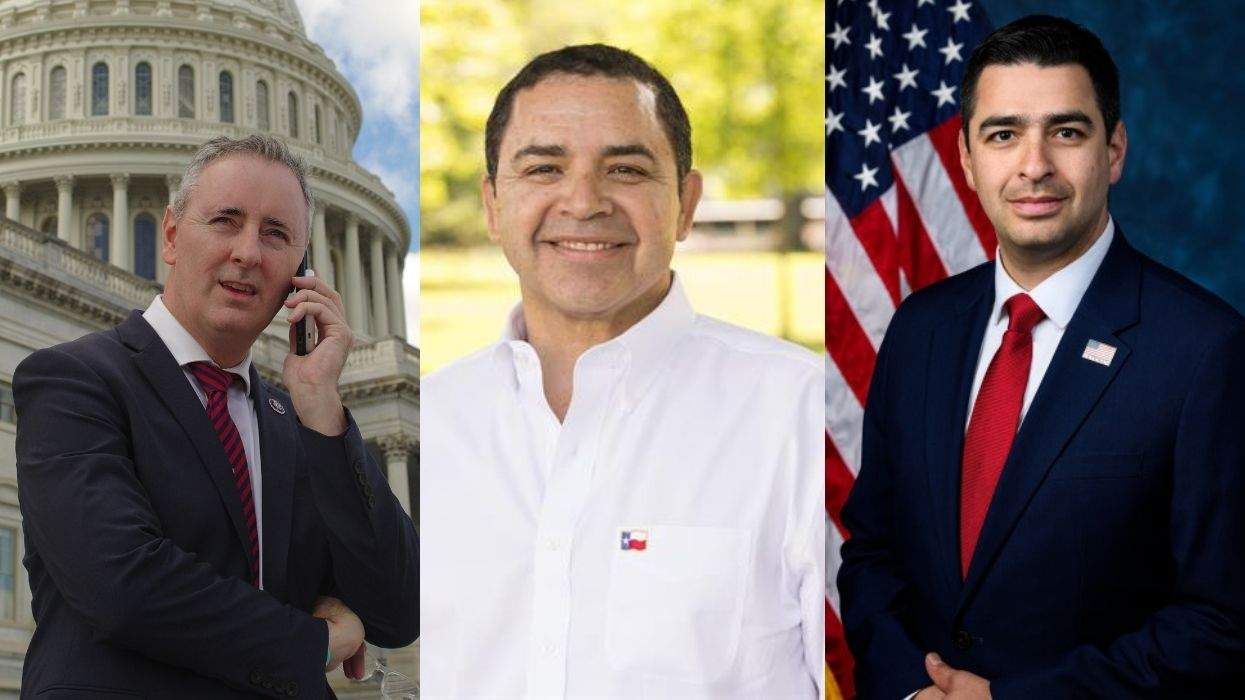
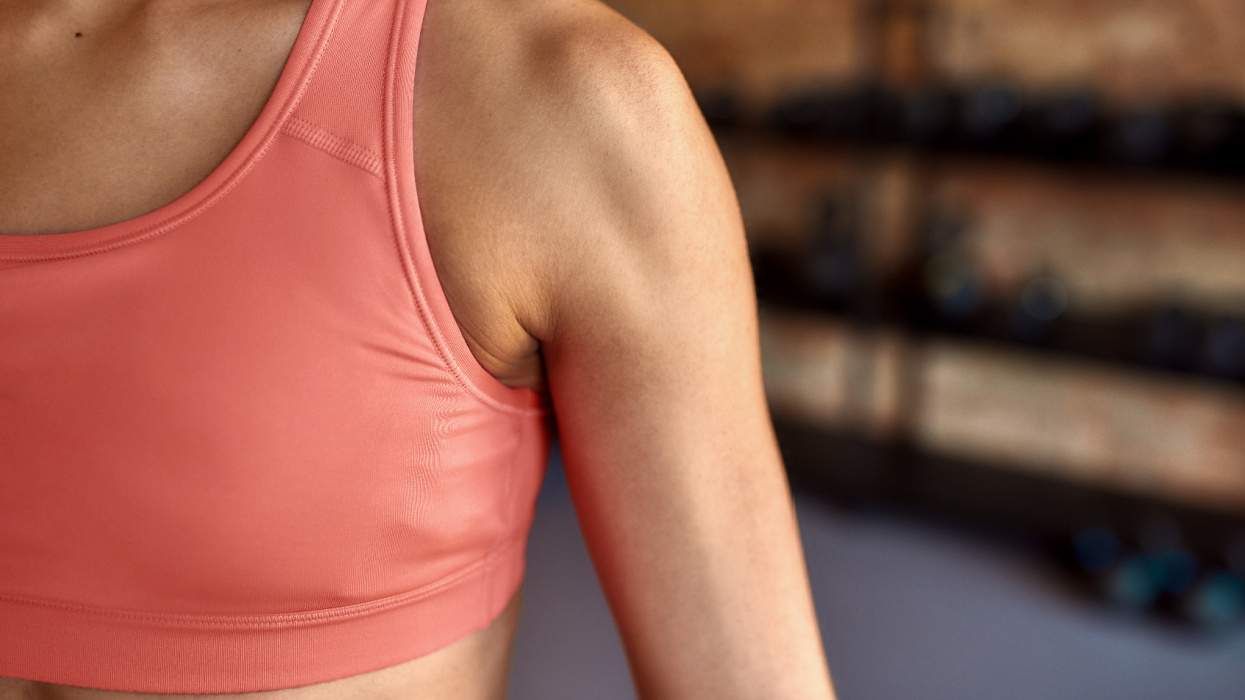
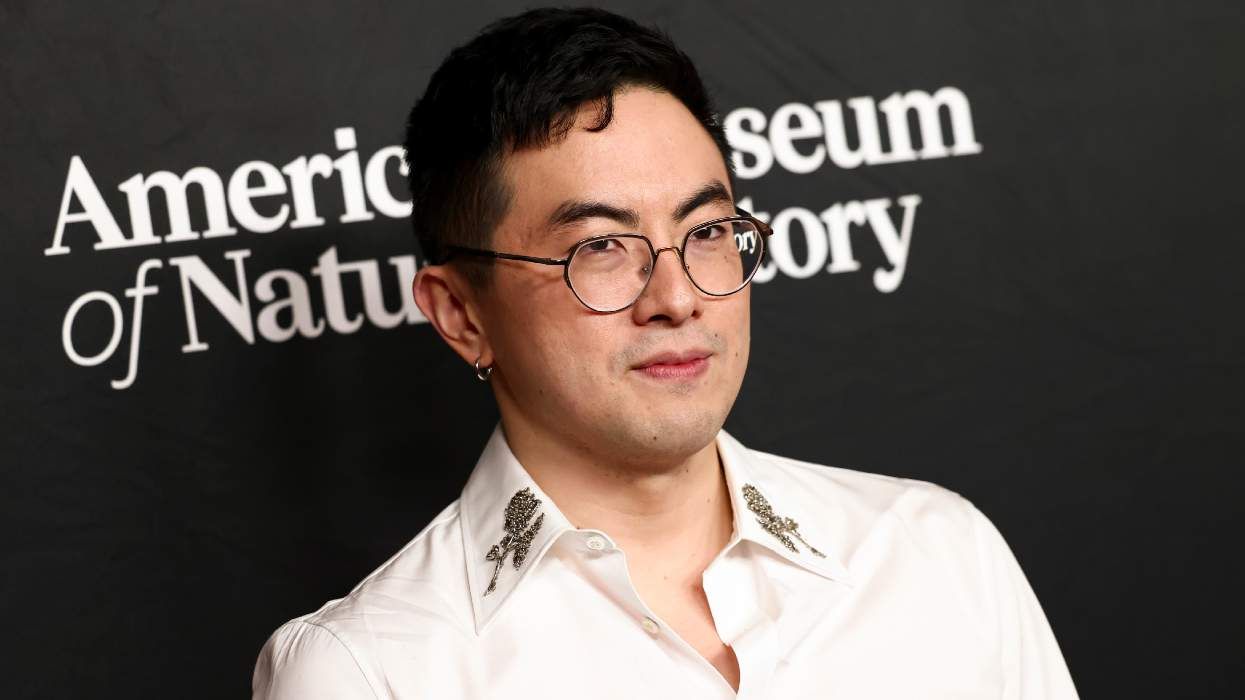
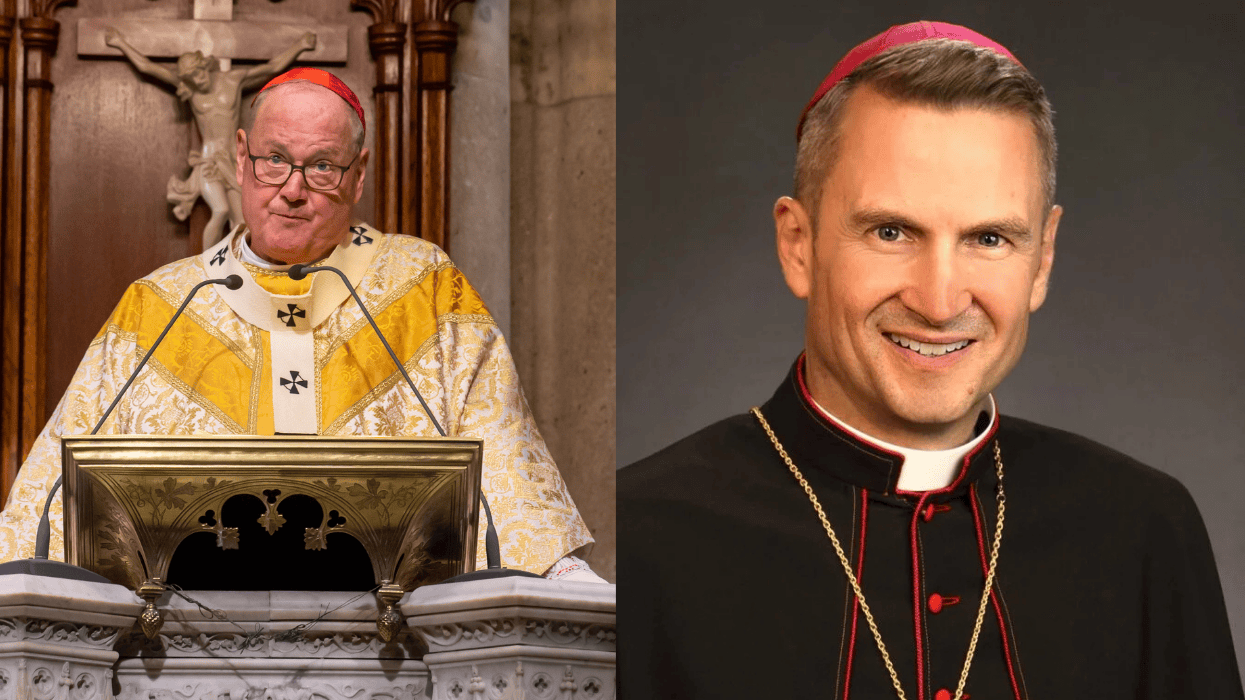
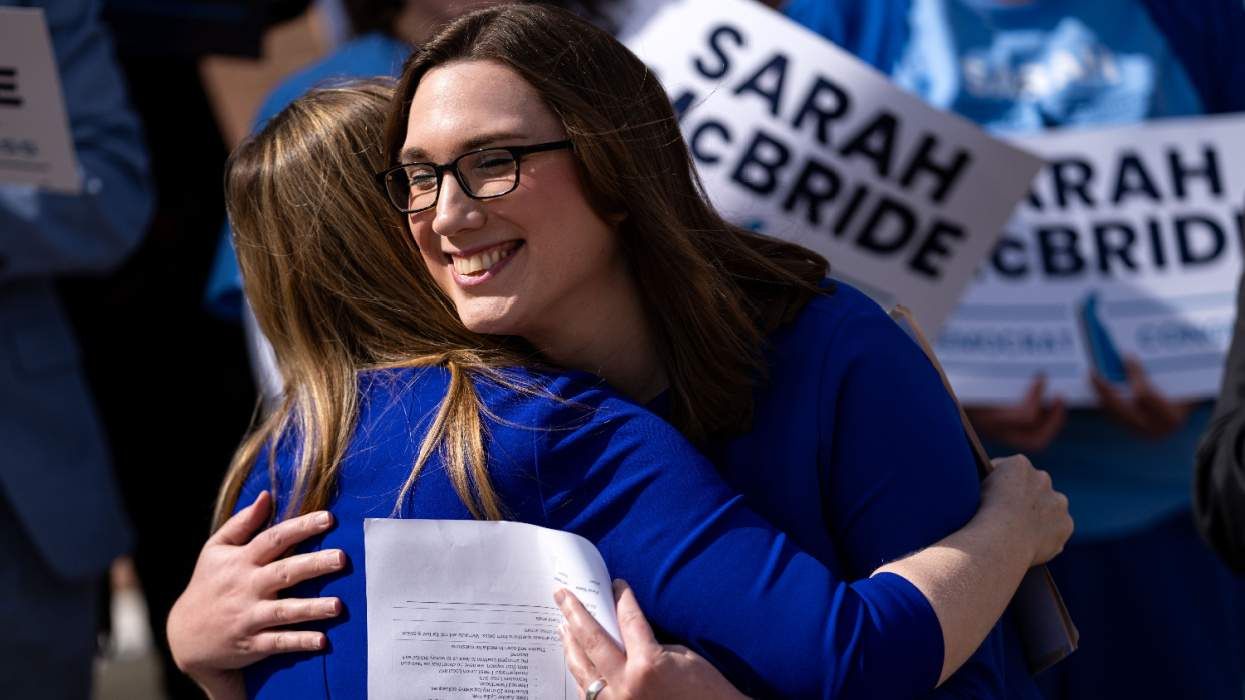
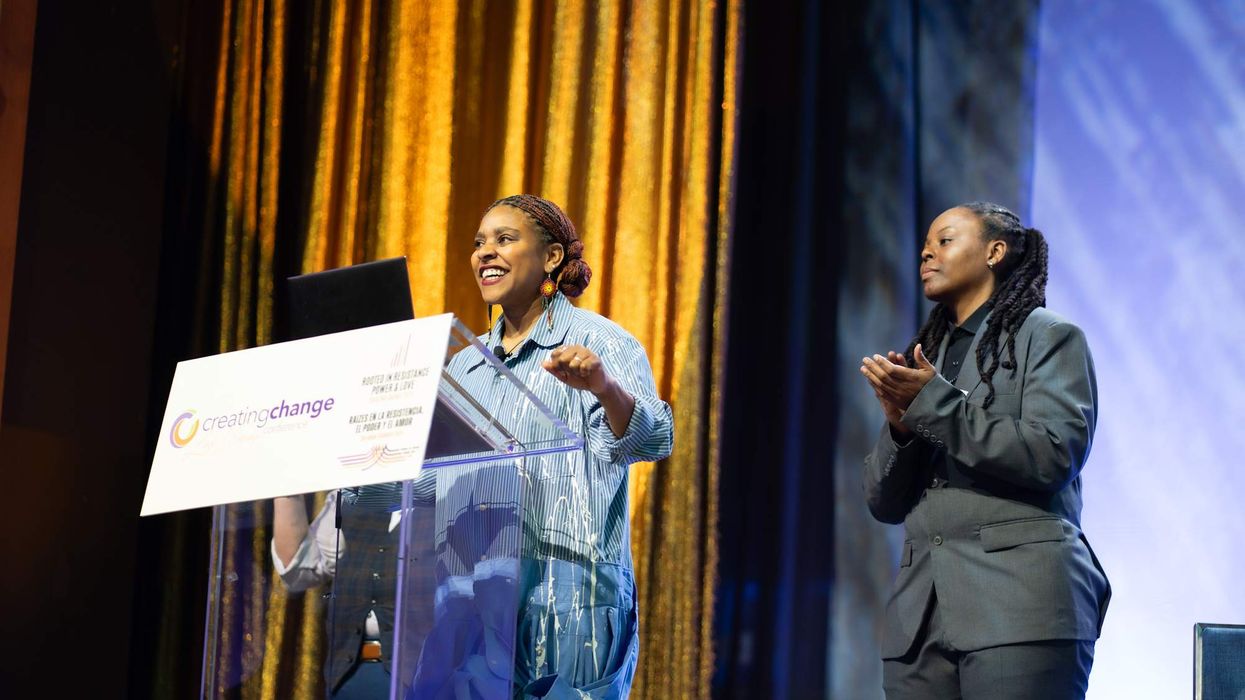
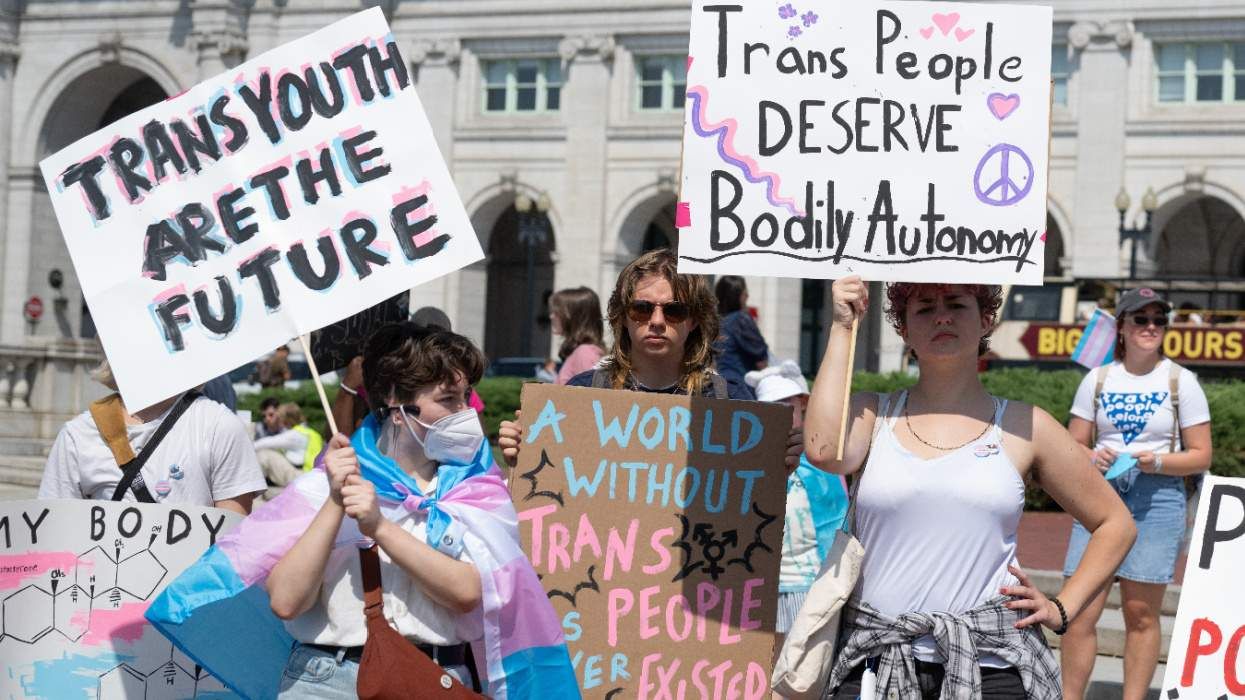


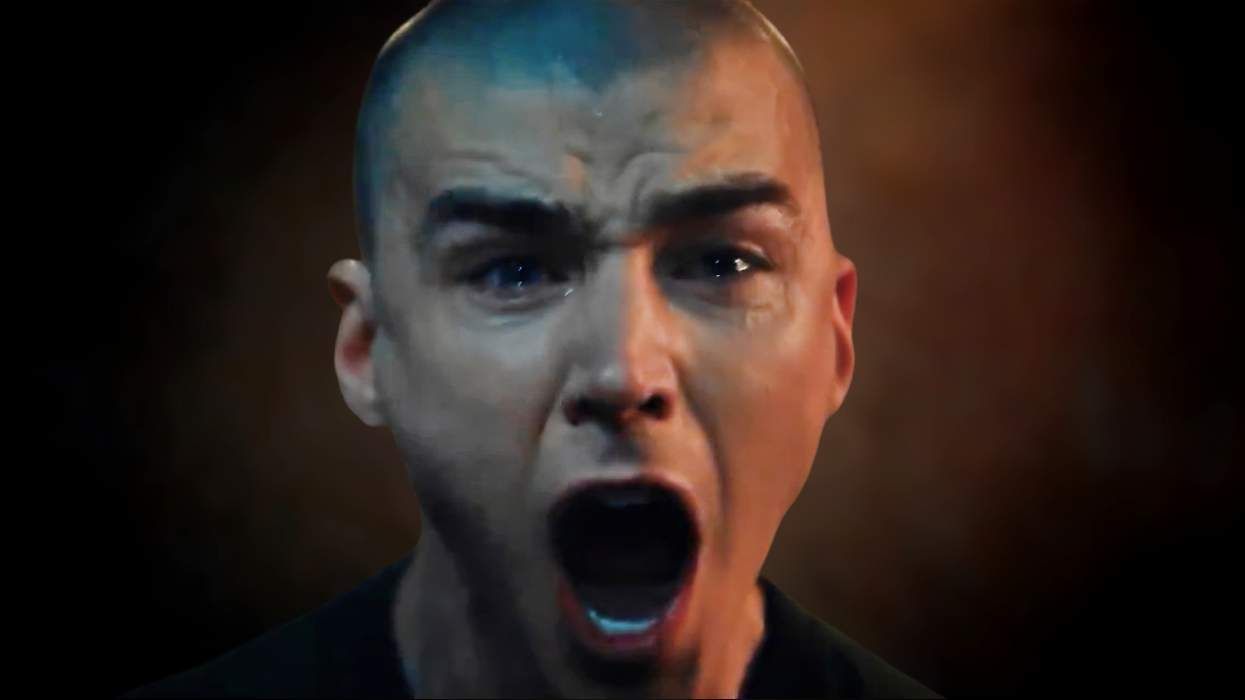
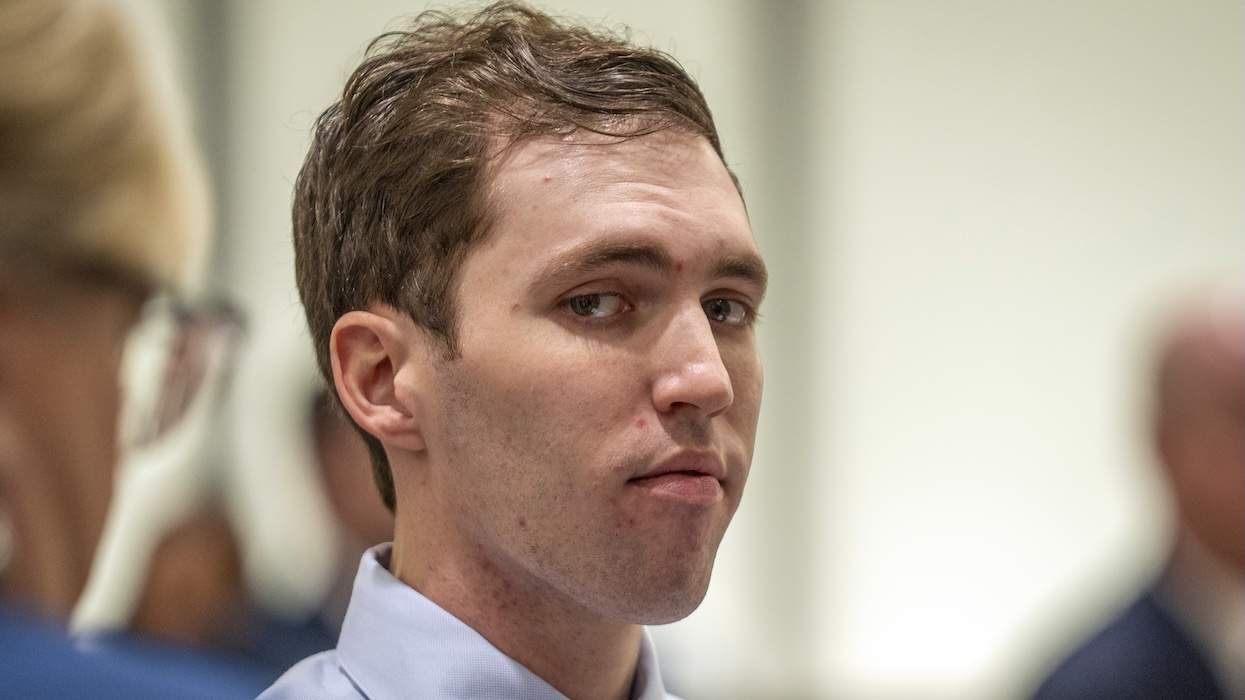
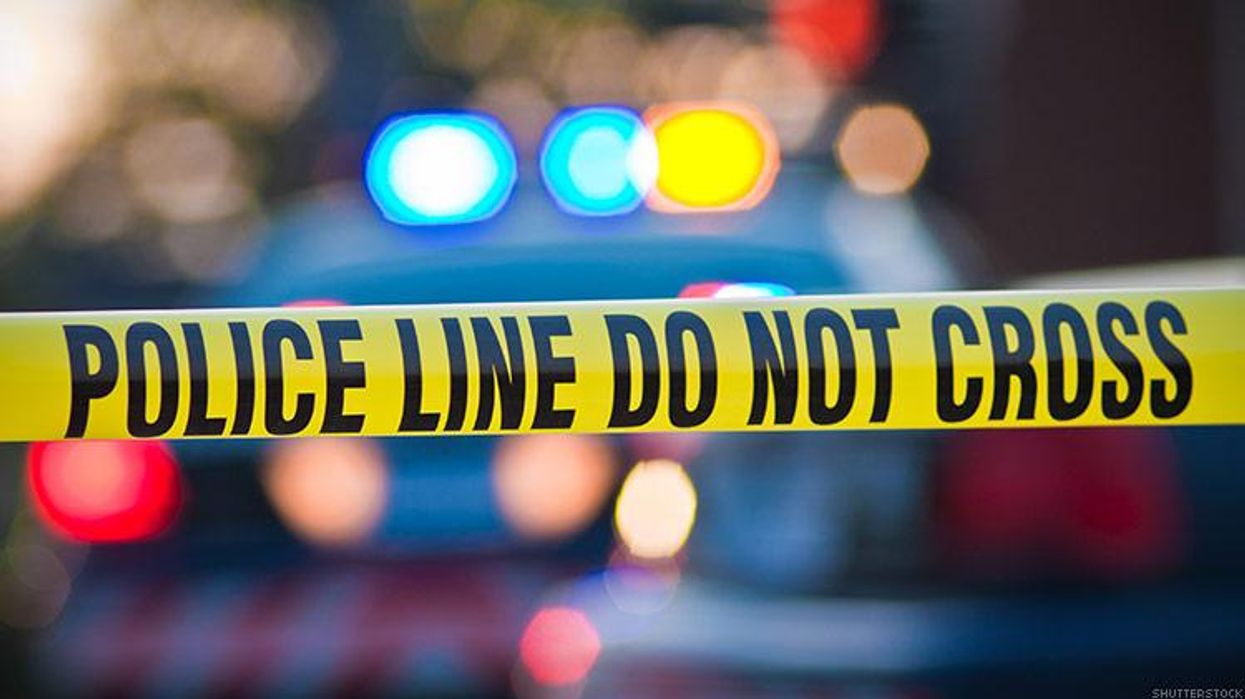

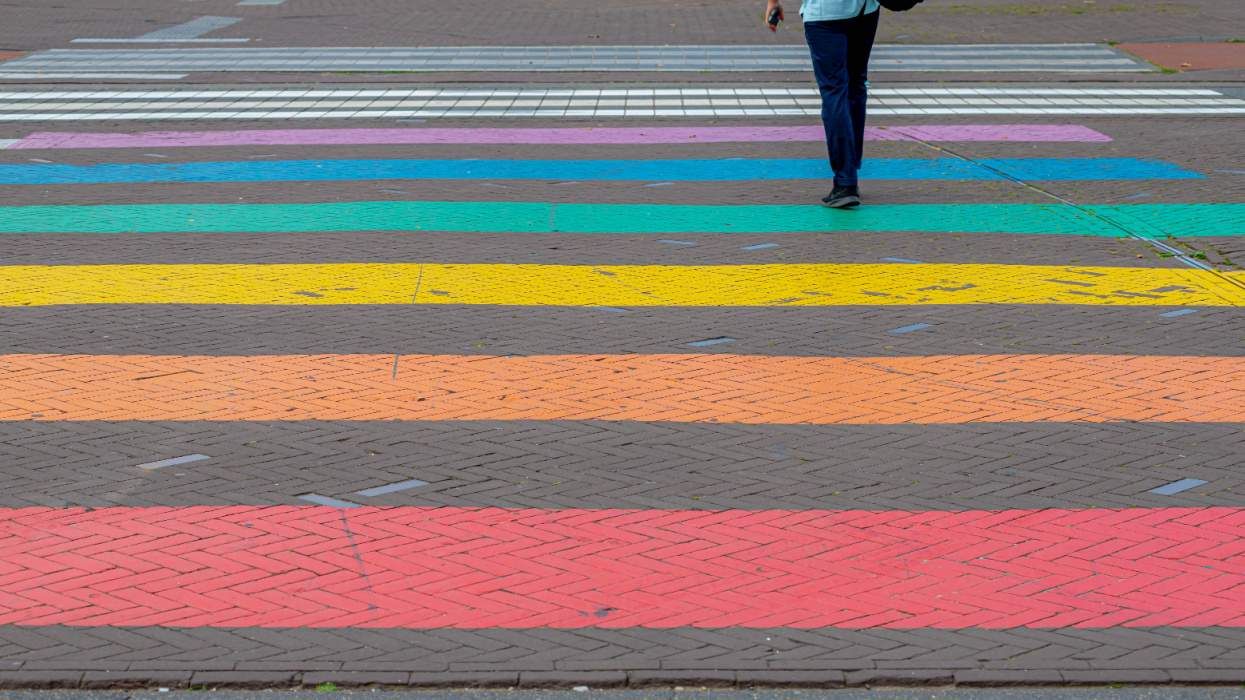

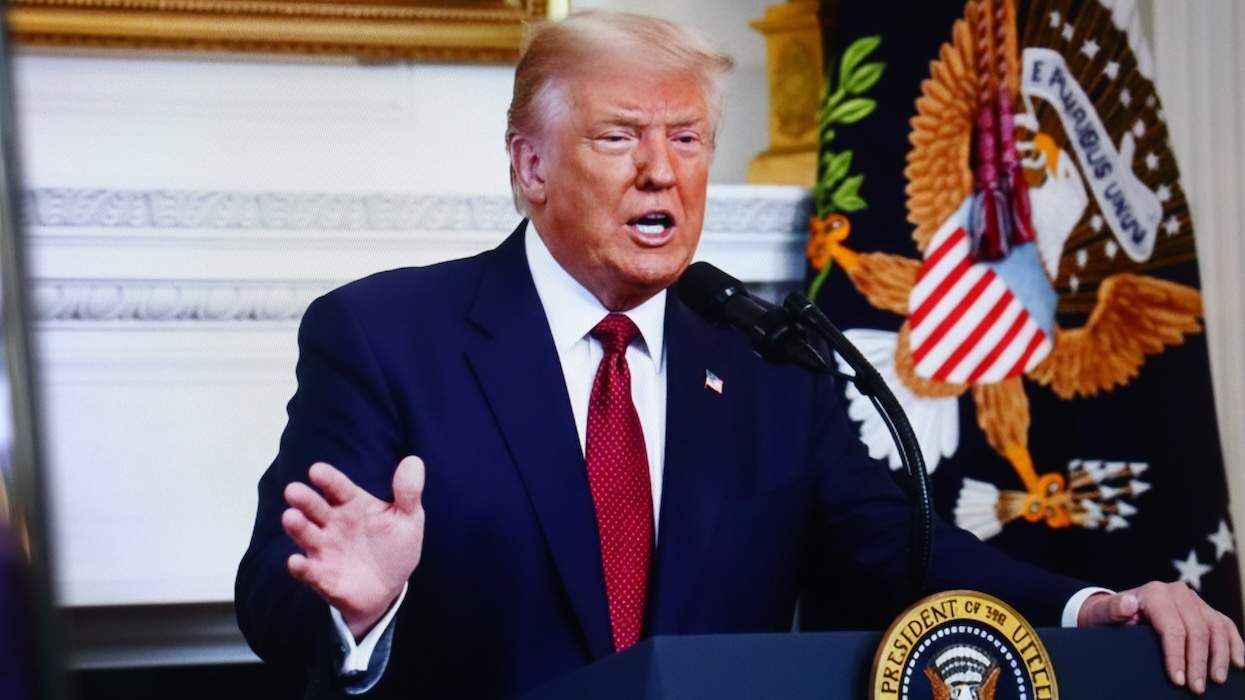
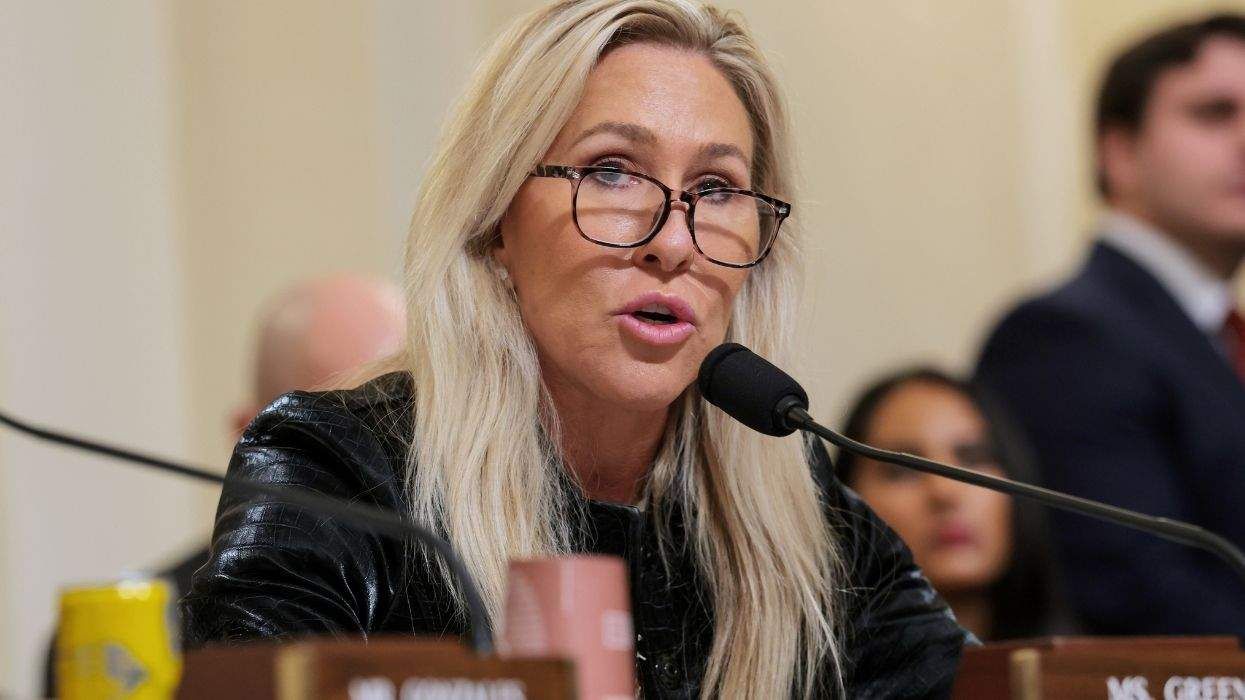
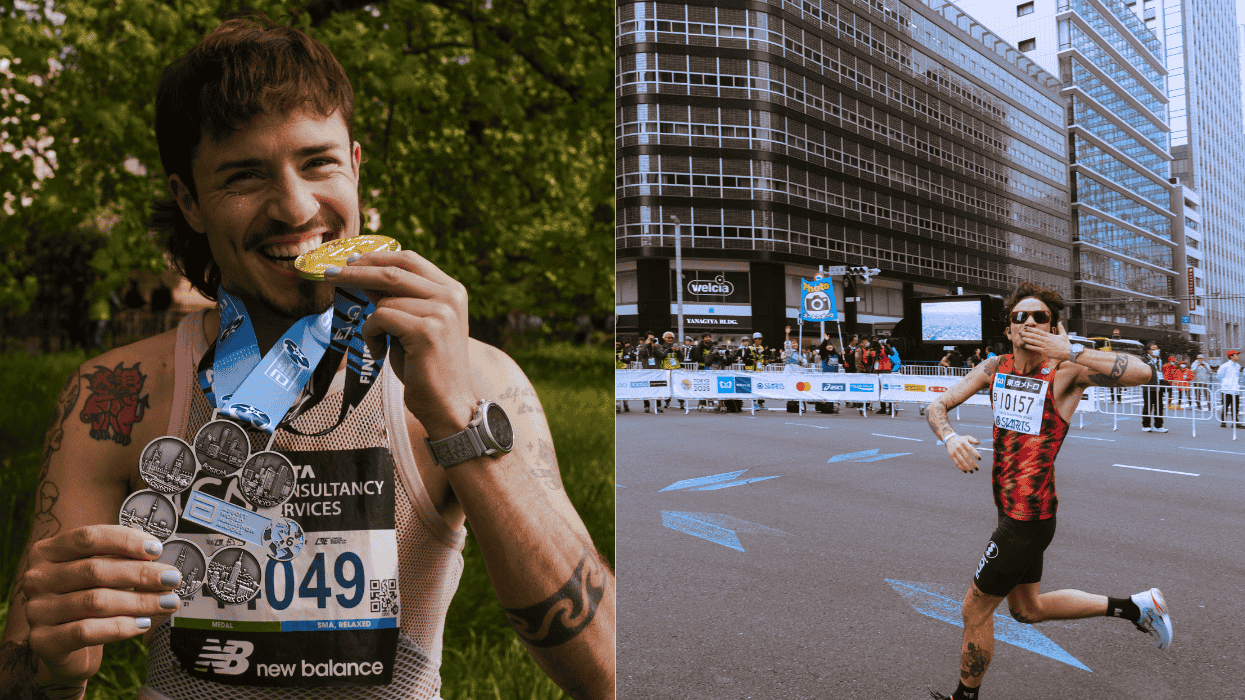
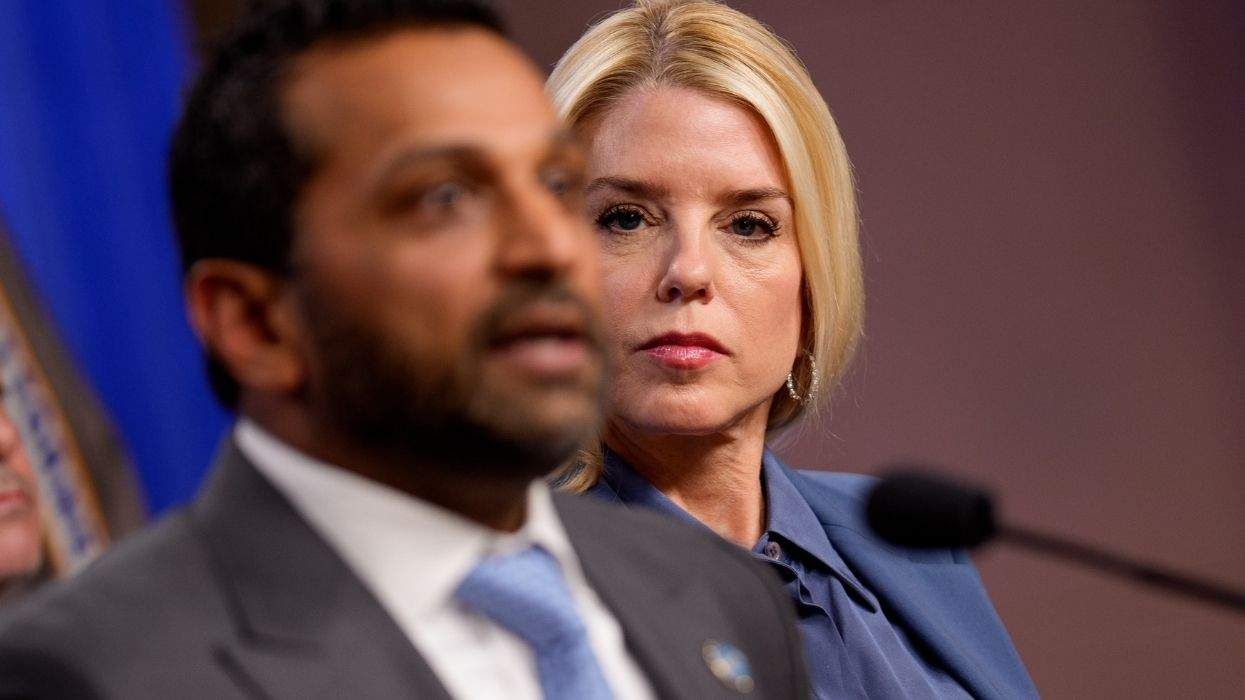



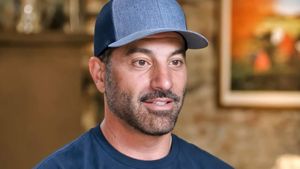

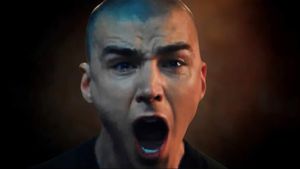








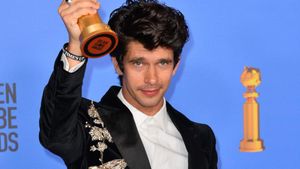



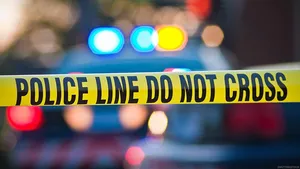











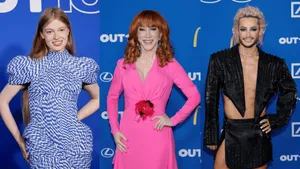




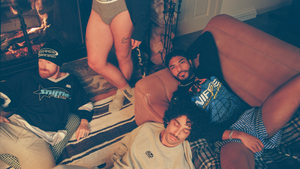
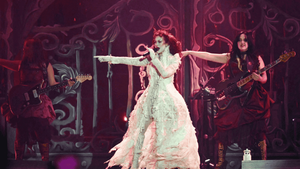


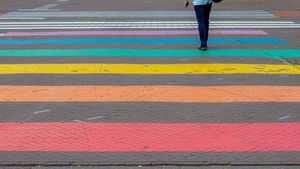

Charlie Kirk DID say stoning gay people was the 'perfect law' — and these other heinous quotes